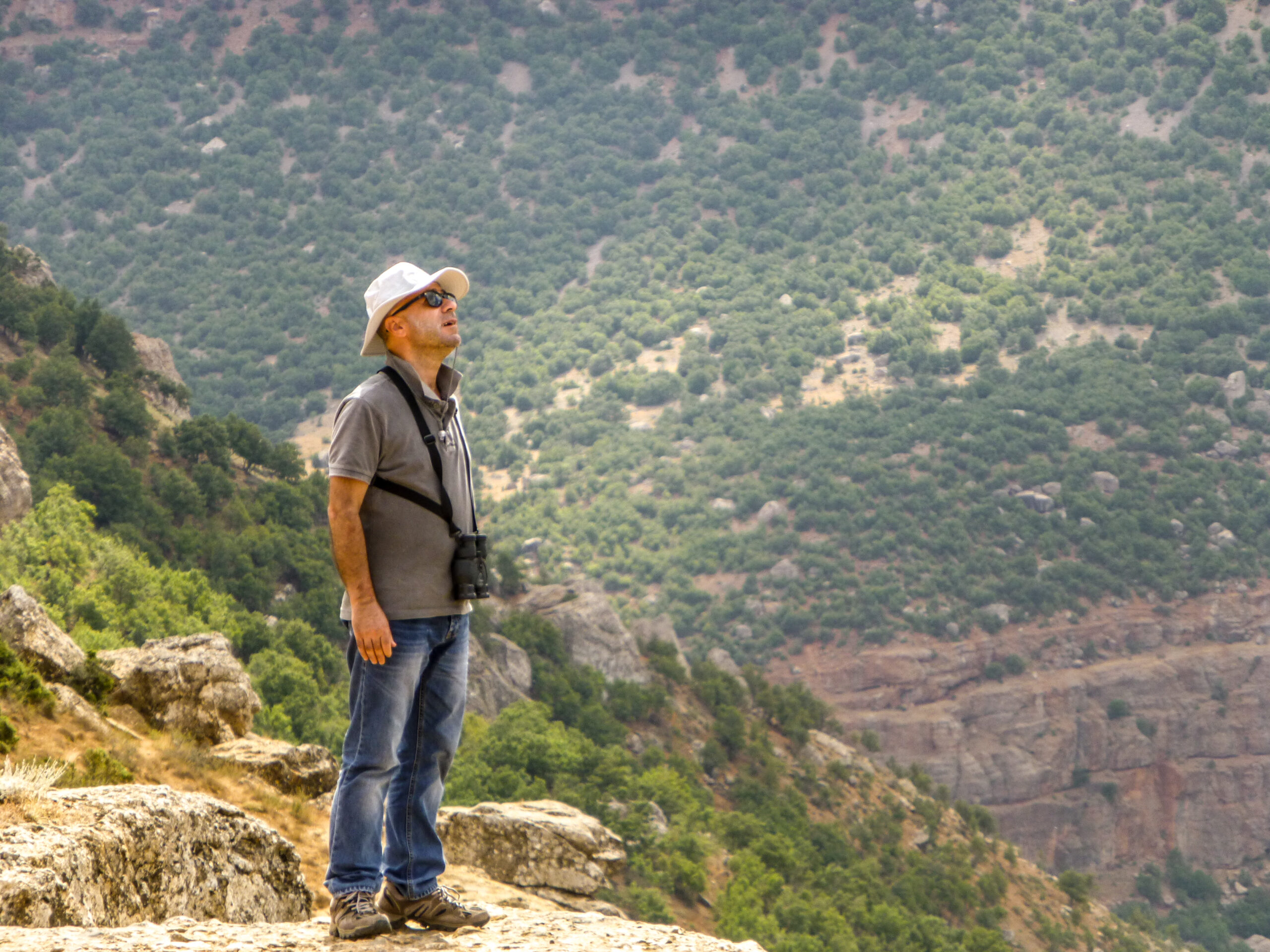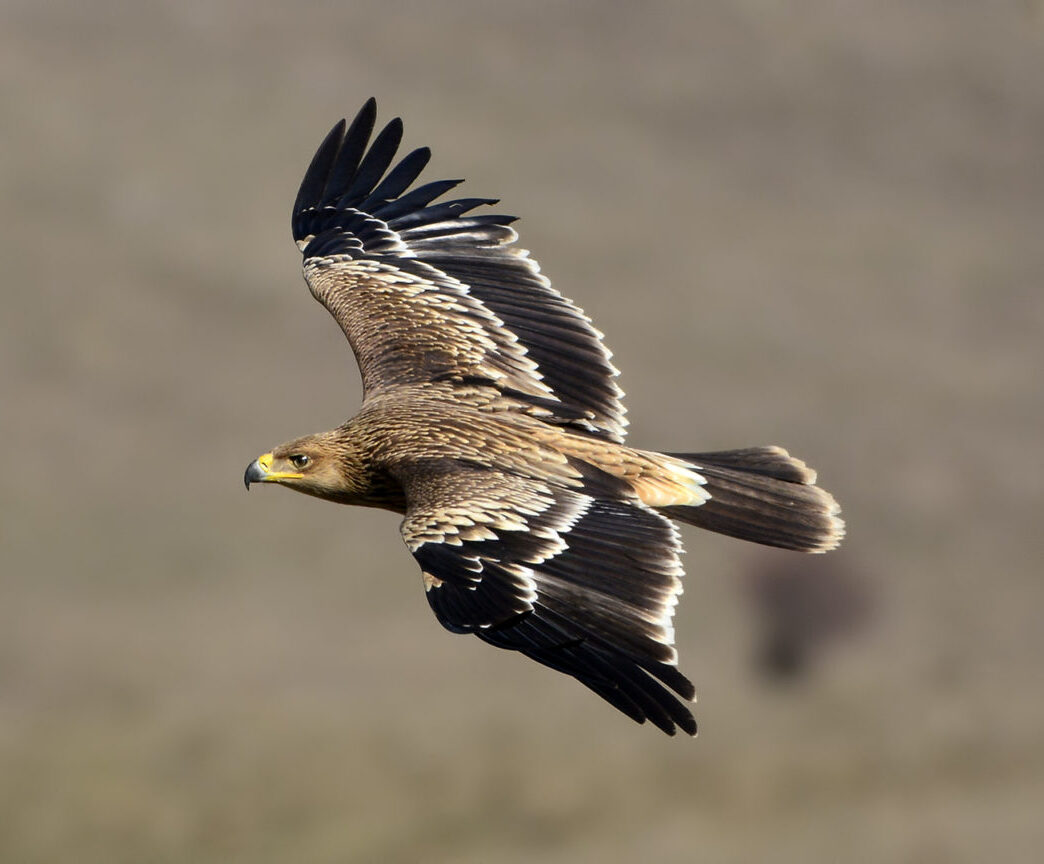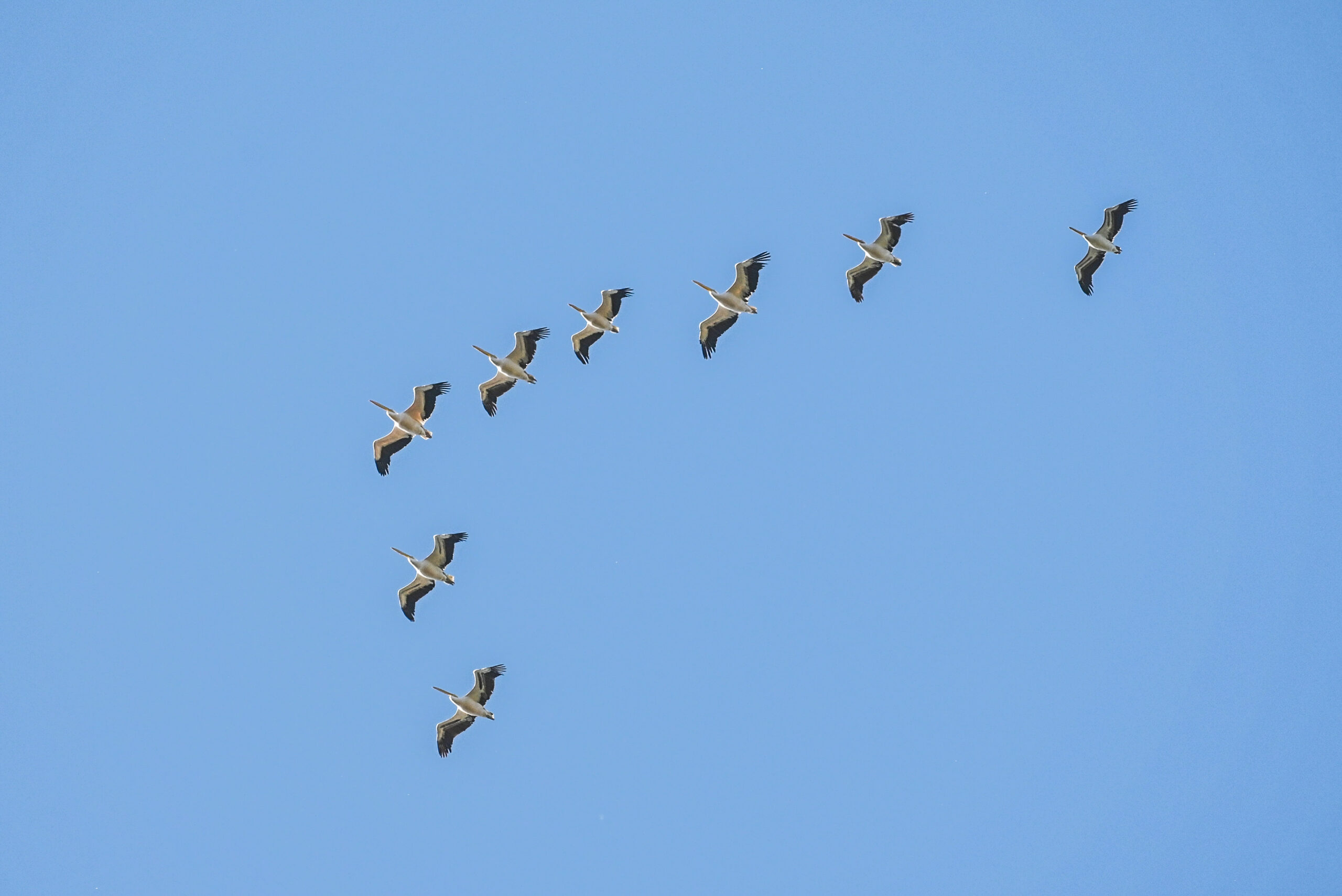Ornithological (bird) studies are considered to be critical for environmental impact assessments and biodiversity studies.
Even though wind is considered to be a nature and climate friendly alternate energy source, wind farms might indeed have adverse effects on wildlife. Birds often top the list of most affected species. Collision fatality, disturbance and displacement, barrier effect and habitat loss are some of the negative outcomes that birds encounter.
Birds that gather in large numbers (mainly during migration) and bird species that are threatened are two risk factors to investigate in wind farms.
Observation from fixed Vantage Point (VP) methodology is recommended in international guidelines for wind farms. An appropriate number of VPs to provide visual coverage of the entire site is selected prior to the studies. Field surveyors scan the site and document all contacts with target bird species from these VPs.
At each VP a minimum of 36 hours per season is required. It is necessary to increase survey effort if the project site is located close to a migratory route. A dataset needs to be collected over at least 2 years to be reliable.
The first goal with these studies at wind farms is to be able to calculate how many birds pass through the rotors at each season. The second is to provide an estimate of collision mortality rates (Collision Risk Modelling). CRM is integral to environmental risk assessments for wind farm financing.
Biodiversity Action Plan is developed and revised when it is determined to what extent each species might be impacted. To provide some examples of how we as KAB Ecology assisted some of our clients, we:
- Developed and currently help implement a shut-down on demand procedure at a wind farm located on a main migratory route.
- Investigated the activities of White-tailed Eagle (nationally threatened) at a wind farm and assisted with implementation of measured to protect the species.
- Studied reproductive success of Eastern Imperial Eagle nests during a highway construction. We then advised prevention of drone flights (which were being used to track construction progress).
- Monitored European Nightjar population densities for two years and determined they were not affected at the 3 wind farms in question.






